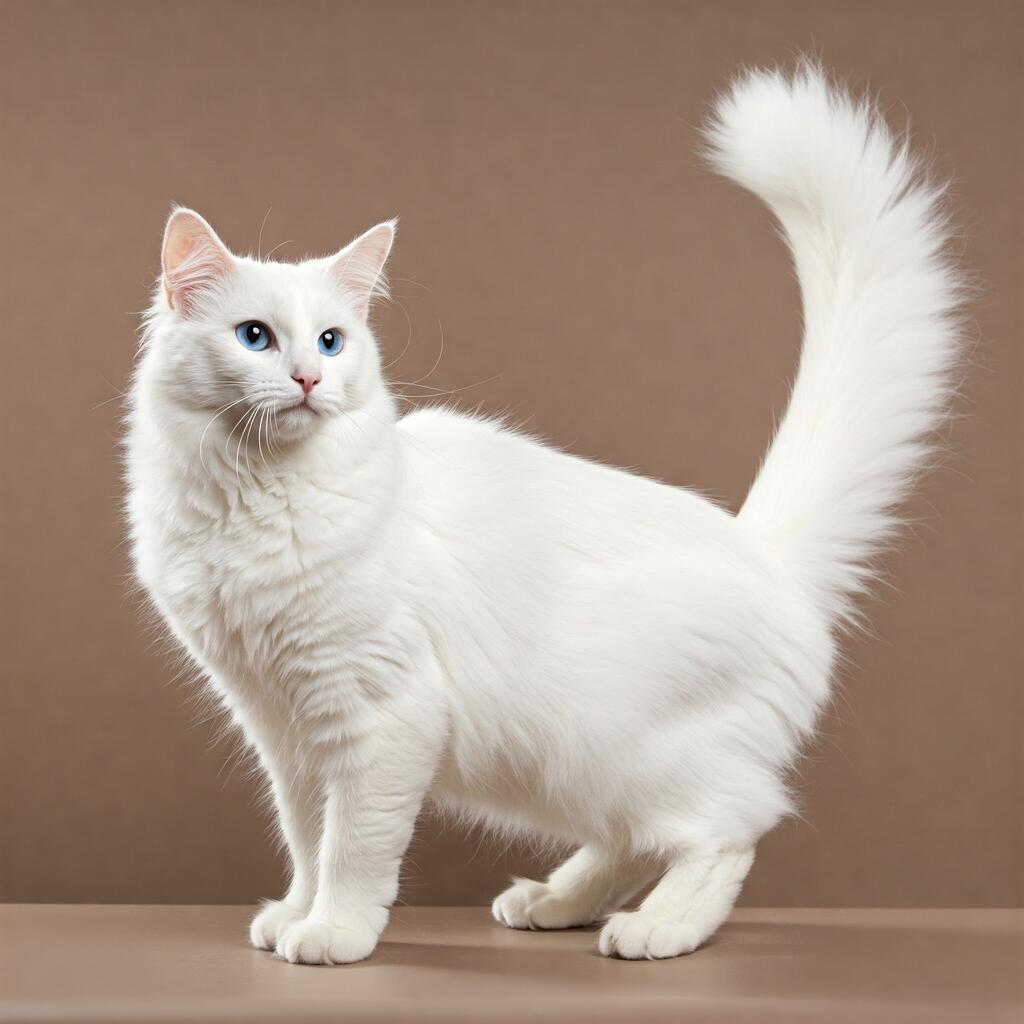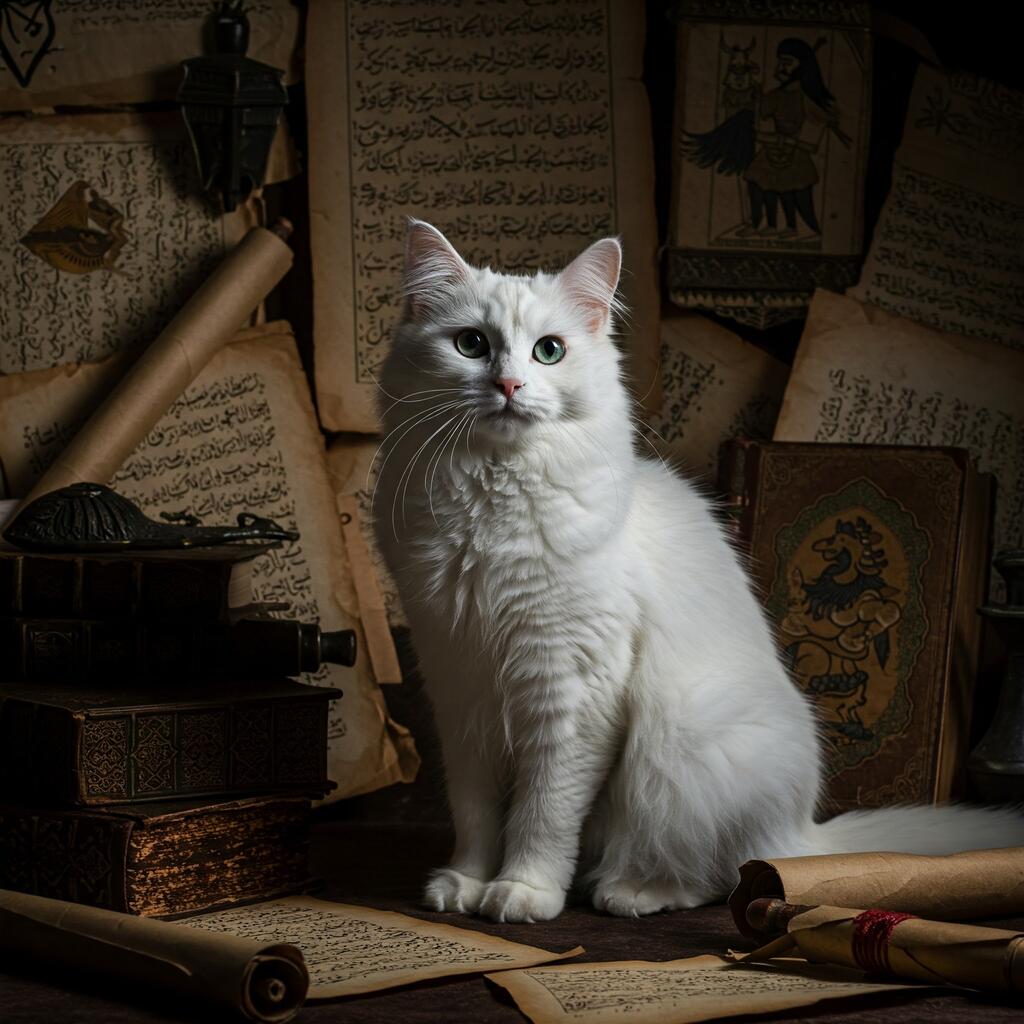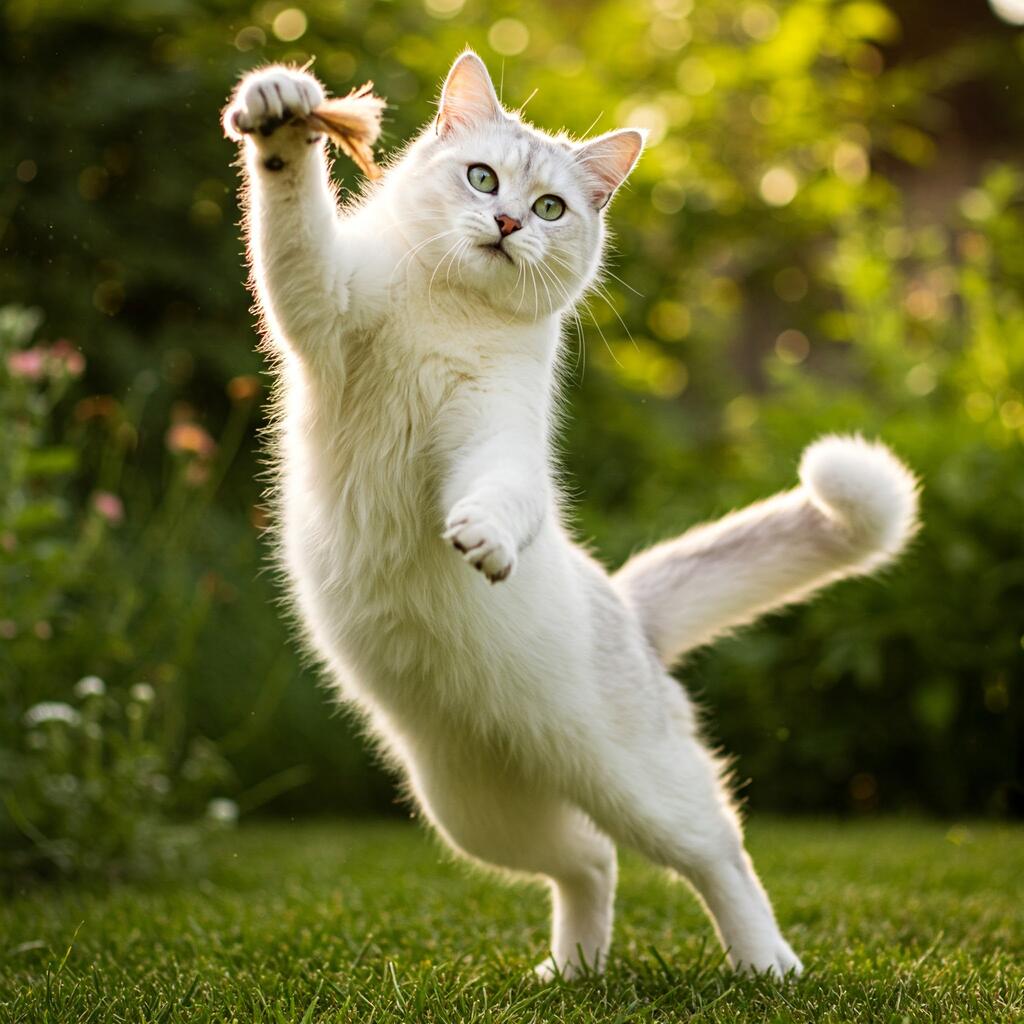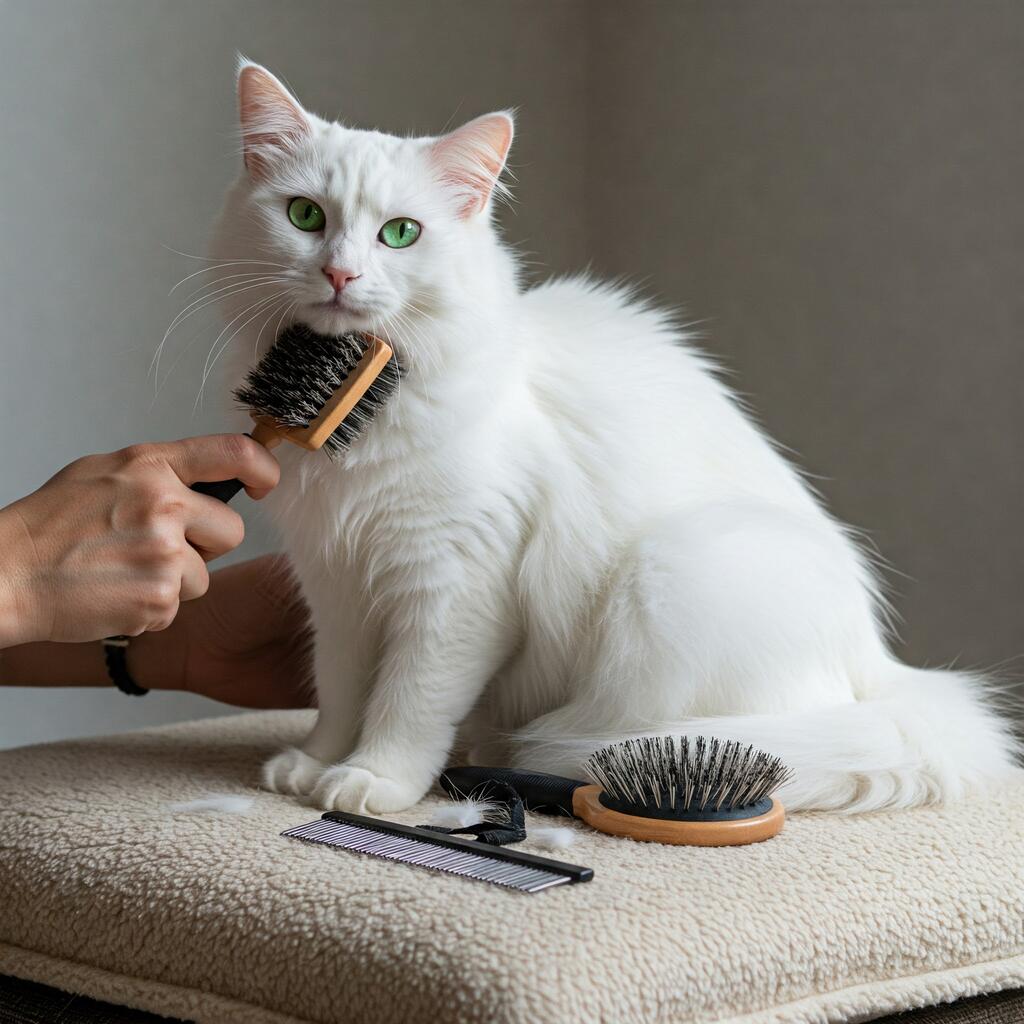
The Silky Coat of the Turkish Angora Cat Breed
The Cat Turkish Angora, is estimated by some scholars to be the oldest cat breed in the world. This species originates from Turkey and more precisely from the city of Ankara, from which it also derives its name as in antiquity Ankara was called Angora.
They started arriving in Europe, it is thought, around the 26th century as a tribute to nobility and royalty by Turkish sultans. Fabri de Peiresc imported the first specimens of the Cat Turkish Angora into France and this feline managed to win the love of Louis XV, as evidenced by several portraits where the King is depicted with his faithful Cat Turkish Angora called Brilliant beside him.
This breed however depopulated for a long time in the upper classes throughout Europe and was also brought to America. However, the Persian breed pushed the Cat Turkish Angora into the background and the quantity of these cats decreased even in Turkey itself.
In the zoos of Ankara and Istanbul, few specimens were kept to preserve the continuity of the species and in the period between the two great world wars, the breed in Europe and America became extinct. It was only in the 1950s that a breeding programme began and until the 1990s only those with completely white hair were recognised as Cat Turkish Angora cats, while later on, even those with different coloured hair were recognised as belonging to this breed.
Stories and legends about the Cat Turkish Angora

Another Turkish legend acknowledges this feline's magical power to fulfil wishes whispered in his ear.
Muhammad himself is said to have had a Turkish Cat Angora that he particularly loved and legend has it that one day, in order not to wake the cat sleeping on his lap, he went so far as to tear off a sleeve of his suit. It is still said that initially Muezza, as the Prophet had called his Cat Turkish Angora, was red, but a particularly cold winter turned her coat white and it remained so from then on.
Another story tells of Marie Antoinette in the France of the French Revolution; she apparently owned several cats of this breed. Fearing for their lives, she entrusted them to a courtier who took them to America where Marie Antoinette herself was supposed to join them with her husband and children. Unfortunately, the queen was unable to arrive, but the kittens did and it seems that they contributed to the birth of the Maine Coon.
Character of the Cat Turkish Angora

He mainly devotes his attention to his chosen human, to whom he devotes all his love and whom he follows constantly. He is also suitable for children precisely because of his playfulness and also his patience.
He does not like being alone much, which is why he can get into a little trouble if he does not receive the attention he would like. He is determined and also a little bit stubborn. If he sets his mind to something, there is no way to get him to change his attitude.
Given his love of adventure, this cat needs outdoor space, but it must be completely safe, as his curiosity would drive him away, even quite a lot, and the trust he has in any human being leads him to purr and follow anyone who is worthy of his attention. It is therefore good to have a cat of this breed fitted with a microchip, so that it can be recognised with certainty in the event of loss.
It particularly loves family life and the family, it also cohabits well with other domestic animals that it tends to dominate, its motto seems to be: ‘the more the merrier’ because it likes both people and animals, especially if there are many of them.
Physical characteristics of the Cat Turkish Angora

The head is oblong with soft features, the nose is of medium length, the neck slender and graceful. The eyes are large and almond-shaped, very expressive, slightly tilted upwards. In Cat Turkish Angora the eyes can be any colour from green to gold, copper, blue, two colours. There is no correlation of eye colour with coat colour. The ears are large, long and pointed, with tufts of hair at the tip.
But it is the coat that distinguishes this breed and makes it different from other long-haired cats. Angola's coat is semi-long, silky, very thin and completely devoid of undercoat. The hair on the tail and gorgon is visibly longer, the length and density varying according to the season. Very thick in winter, much shorter and sparse in summer to adapt to the climate that has very hot summers and cold winters in the Anatolian and Caucasian mountain regions.
As I have already said until the 1990s the Turkish Angora Cat was only white, afterwards more than 20 different colours were allowed, ranging from black to red, blue, tabby, lavender, cinnamon etc.
Health and care of the Turkish Angora cat

Another breed-related disease is eosinophilic granuloma: At present, however, there are specific tests that detect its genetic presence and, gradually, efforts are being made to breed specimens that do not have this disease.
It tends to put on weight, so it is good to adjust its diet. Crunchy food and once a day and supplement with wet food containing meat or fish.
As far as the hair is concerned, as it has no undercoat it does not form knots, so a brush once a week is more than sufficient. Only during the moulting period must it be brushed several times a day because it tends to lose a lot of hair.






















